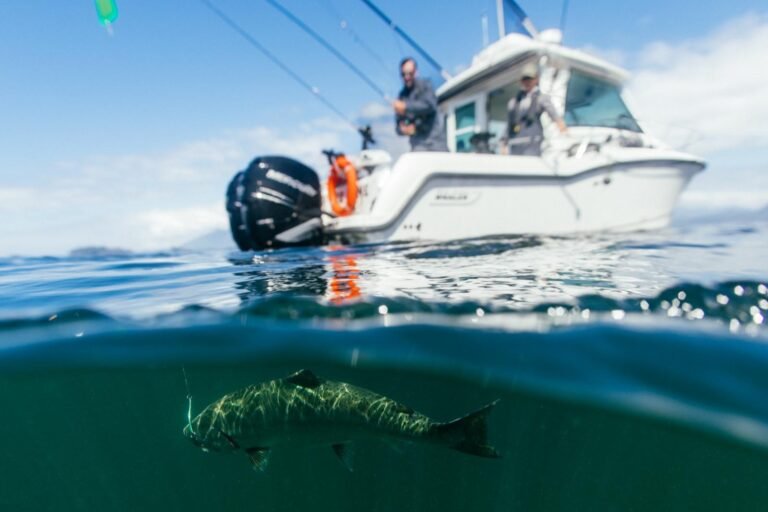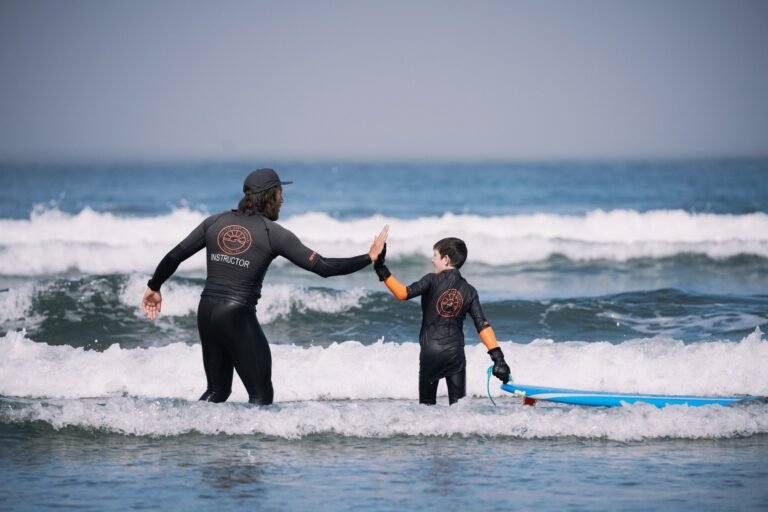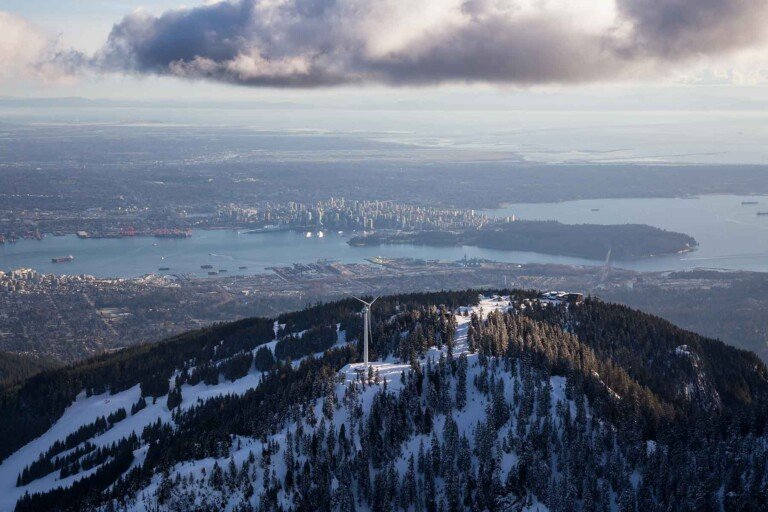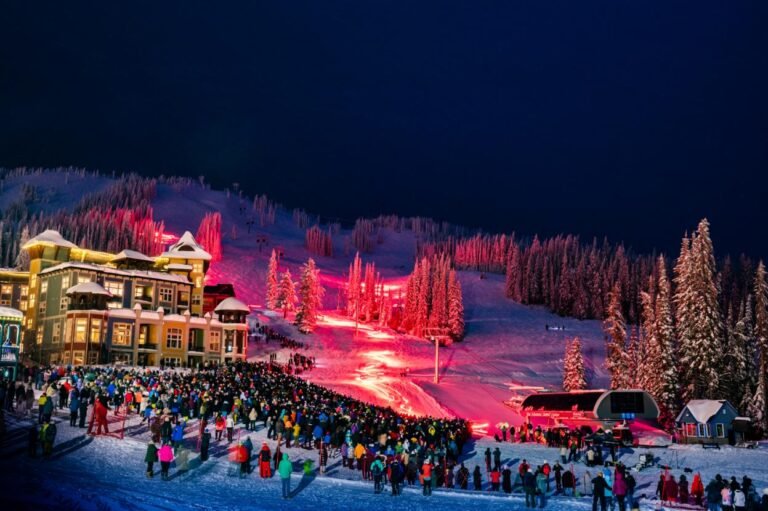The Maritime Museum of British Columbia is a principal maritime museum on the Pacific Coast of Canada, and one of the major maritime museums on the West Coast of North America. The museum is housed in the historic 1889 Provincial Law Courts building situated in Bastion Square in Victoria BC. Experience British Columbia’s maritime heritage and discover the inspirational stories that create BC’s amazing culture.
Visitors can explore an exciting world of BC maritime history, starting with permanent museum exhibits. Note that the museum moved out of its previous premises in 2015, so some of these exhibits may not be on display.
Explorers and Navigation
The fog-shrouded Pacific Coast of North America has a deep and rich heritage that spans the centuries from the first aboriginal cultures to European exploration and early settlement. Initially isolated from the European world, this region witnessed the navigation feats of early mariners and the clash of empires. Meet great characters such as Captains James Cook and George Vancouver, witness the territorial see-saw between Russia, the United States and British Canada, and discover the many mysteries of the Pacific Coast. Be sure to inspect the navigation instruments that made the exploration and surveys of the West Coast possible, and find out why there are so many Spanish place names.
Pirates
While pirates and privateers played a minor role in the history of the West Coast, they assume a large place in the imaginations of many. At the Maritime Museum of BC, you will have the opportunity to encounter these scallywags of the sea, and learn the differences between buccaneers, pirates and privateers. Hint: One of them has a legal right to steal – guess which one! Make time to check out the fierce-looking weapons used in sea battles, and inspect the horrific gibbet (human cage) that was the fate of many watery criminals.
The Fort and The City
In 1843, the great fur-trading Hudson’s Bay Company moved its operations north from the Columbia River to an isolated spot on the southern tip of Vancouver Island. The trading post that started as a wooden palisade fort would grow to become the vibrant city of Victoria that we know today. Victoria had many advantages, such as a fine natural harbour, and benefited as a veritable storehouse, supplying miners bound for the Fraser River, Cariboo and Klondike gold rushes. The economic and social life of Victoria was also greatly influenced by the presence of the Royal Navy Pacific Fleet and by the Royal Canadian Navy after 1910.
Shipbuilding
Shipbuilding on Vancouver Island had its origins as a repair station for ships in need, far from their home ports. Over the years, a vibrant shipbuilding and engineering industry flourished, with boat yards turning out everything from large sailing vessels to coastal steamers and even pleasure craft. Following the boom periods during the two world wars, shipbuilding activities greatly declined. Explore the many strange looking tools used by shipbuilders and marvel at the skills needed to tie complicated rope knots and create floating beauty in wood or metal.
Whaling and Fishing
From the earliest aboriginal occupation, the extremely rich sea life of the Pacific Coast has provided food and other valuable products. Fish, seals and whales were harvested in huge numbers, and in the process helped to shape the economy and settlement of the coast. Today, whales and seals are no longer hunted, but the commercial fishing industry is still the lifeblood of many communities. Did you know that salmon has always been a prime resource on the West Coast, with the first smoked fish being exported to Hawaii in the 1830s? Don’t miss the massive cannon used to harpoon whales in Pacific waters!
Tilikum
In 1901, Captain John Voss and his partner, Norman Luxton, set sail from Victoria to circumnavigate the globe. What set their feat apart is that their 38-foot craft, the Tilikum, was transformed into a sailing craft from a native canoe fashioned from a single cedar log. Overcoming many obstacles, and with sterling sailing skills, Voss steered this strange boat around the world to reach London, England, in 1904. The best part of this story is that you can actually see the Tilikum in the Maritime Museum of BC. Yes, after wandering the world’s oceans, the famous sailing canoe came back to its home in Victoria.
Crow’s Nest
What was it like to work and live aboard a huge wooden sailing vessel? Well, young visitors can experience this first-hand by joining its crew and exploring the crow’s nest. Kids are encouraged to climb the ratlines, steer a course, and fire off a few volleys from the swivel cannon located on the large mock-up of a ship’s deck.
Shipwrecks
The rugged coastline of British Columbia is treacherous for marine navigation, and countless ships have ended up in peril. Perhaps the worst naval disaster was the Princess Sofia, a coastal steamer that went down off Alaska in 1918, with the loss of all 343 people on board. The story of the Sofia and other unlucky ships makes chilling reading and reminds us of the fierceness of the sea.
Engine Room
If sailing vessels move by wind power, what happens when there isn’t a breeze? Find out how mariners travel the seas through the harnessing of steam and fuel to create engine power. View engines, big and small, turn over the full-sized steam engine on display, and witness power in action.
Model Mania
The creation of ship models requires skilled hands, combined with an incredible attention to detail and an in-depth knowledge of vessels. The Maritime Museum of BC has an outstanding collection of models stretching back to the HMS Nile, built in 1810 by prisoners of war, and up to 20th-century war ships and detailed builder’s models for passenger vessels. Whether amateur or professionally built, it is marvellous to see the hours of dedication that went into the construction of each model.
Coastal Steam Ships
For many people living on the Pacific Coast, the Canadian Pacific Railroad (CPR) ships were a welcome sight. These comfortable, and often luxurious, coastal steamers provided an essential link between communities in Canada and the United States. Some of these vessels, such as the Princess Marguerite, are still fondly remembered today.
The Empresses
Relive the romantic era of sea travel aboard the famous Canadian Pacific Empress fleet. The names of the ships themselves symbolized luxury and comfort. For decades, these storied ships linked Canada to the world, crisscrossing the Pacific Ocean to far flung lands. There is much to take in, from fabulous models of the ships themselves to period souvenirs, and even some of the silverware used to serve lucky passengers in an era now long gone.
BC Ferries
BC Ferries operates one of the largest passenger fleets in the world. It provides an essential link and lifeline for communities all along the Pacific Coast. Often unheralded, these marine highways operate a daily service, transporting essential supplies, people, cars and trucks. The impact that BC Ferries has on the economic and cultural wellbeing of much of British Columbia is immeasurable. Check out the fabulous model of the most recent ‘Spirit Class’ ferries that are capable of carrying 470 cars and 2,100 passengers on each voyage.
Coast Guard
The Canadian Coast Guard’s name implies protection, but this is only one aspect of this multi-faceted organization. In addition to tending to coastal security concerns, they take responsibility for such diverse functions as Air Sea Rescue, maintaining navigation aids such as buoys, and operating lighthouses. Take the time to explore the compelling stories of lighthouse operations and to view the magnificent examples of the brilliant prismatic (Fresnel) lenses that once alerted mariners to navigational hazards.
Classic Boats and Swiftsure
Why is it that whenever pleasure boaters get together, they come up with new and enjoyable ways to compete against each other? Discover the fascinating legacy of yachting as illustrated by the two popular annual Victoria boating events: the Swiftsure International Yacht Race and the Classic Boat Festival. Check out dramatic images of the Swiftsure boats in full sail and marvel at the lovingly-restored vintage vessels.
Royal Navy
The British Royal Navy’s presence on the Pacific Coast goes back to the founding of Fort Victoria in the 1840s and continued right up until 1910. The legacy of the British ships and crew lives on today in numerous street, town and waterway names throughout the coastal region. Over the years, the Royal Navy built a massive naval complex in Esquimalt, complete with a graving or dry dock that allowed ships to be repaired locally and not be forced to make the lengthy journey back to England. Take the opportunity to explore the detailed model of the Esquimalt Graving Dock and see if you can figure out how this novel piece of engineering worked.
Royal Canadian Navy
When did Canada get its own navy and what was the name of the first ship to serve in the Pacific? Well, a hint is 1910 and another is the HMCS Rainbow, but that’s only the beginning of your exploration of Canada’s rich naval history. The Royal Canadian Navy has a proud past and present, with ships and crews bravely serving through world wars and into the age of modern global conflict. There are many highlights in this gallery, but perhaps the most significant are the exhibits telling the poignant and heroic stories of Canadians who served in the navy during the brutal war years.
Library
Did you know that the Maritime Museum has an extensive collection of nautical publications and is the proud holder of a huge quantity of original ship plans, charts, photographs and archival material? Got a puzzling marine question or have a research project on your mind? Knowledgeable volunteer staff members are on hand during the weekday afternoons to assist and encourage.
Courtroom
If this room could tell its own story, it would weave a fantastic tale of dramatic legal events and legendary personalities. Once presided over by the notorious Judge Sir Matthew Baillie Begbie in the late 19th century, this courtroom once served as both the Supreme Court of BC and the Vice-Admiralty Court for maritime legal matters. Today, the room has been restored to its former glory and offers the visitor the unique opportunity to explore one of the few remaining historic courtrooms in the country.
The museum also runs Special Exhibits that are displayed on a temporary basis. The Maritime Museum is open daily at 9:30am. Closed on Christmas Day.
Contact Details:
Maritime Museum of British Columbia
634 Humboldt Street
Victoria, BC
V8W 1A4
Website: Maritime Museum of British Columbia





